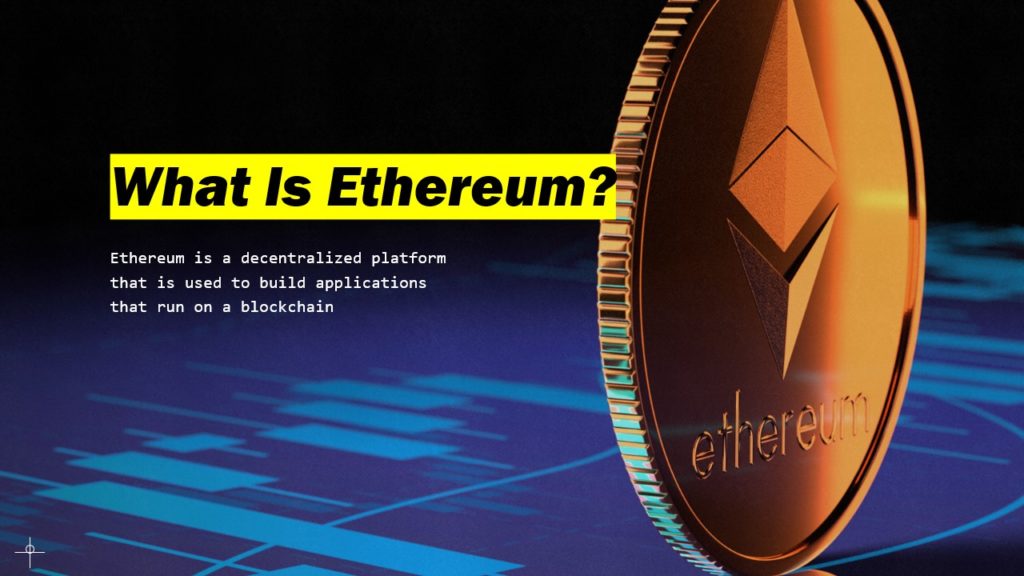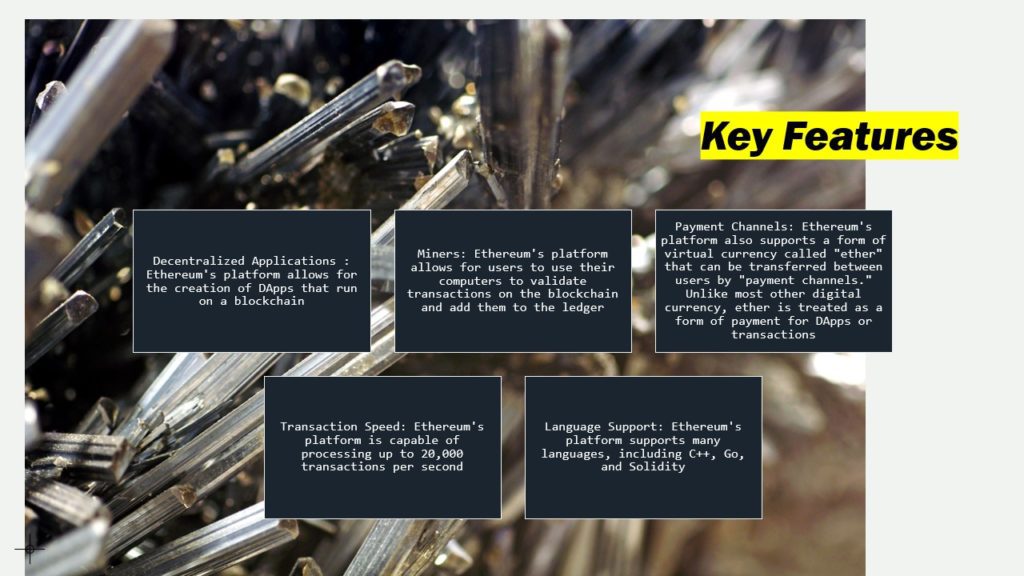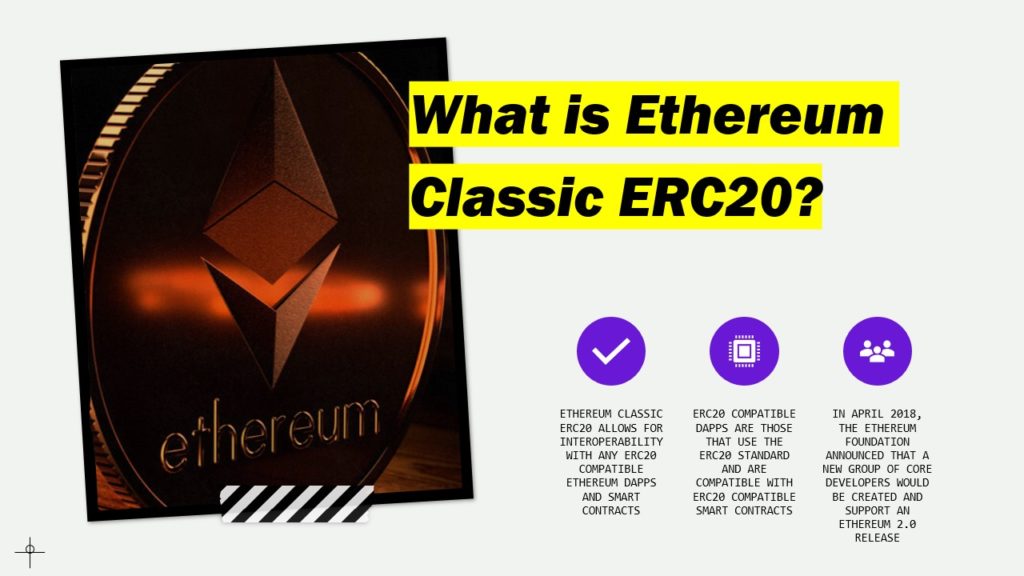What Is Ethereum?
Ethereum is a decentralized platform that is used to build applications that run on a blockchain. Ethereum’s blockchain is built using a “Proof-of-Work” method (mining) and a separate form of “Proof-of-Stake” called “Casper.”
Ethereum’s platform allows developers to create decentralized applications (DApps) and smart contracts, which are essentially programs that execute commands or complete tasks automatically without requiring human interaction.
Ethereum is also the first cryptocurrency that allows users to “mine” its blockchain using a special type of computer called a “miner.” Miners solve complex mathematical equations to create new blocks on the Ethereum blockchain and add them to the ledger, creating an entire blockchain. Each block in the chain is approximately 1MB in size. Ethereum can handle up to 20,000 transactions per second and supports multiple languages, making it one of the easiest platforms to develop DApps on.

Initial release date: July 30, 2015
Platform: x86-64, ARM
Developers: Ethereum Foundation, Hyperledger, Nethermind, OpenEthereum, EthereumJS
Software: EVM 1 Bytecode
Size: 531.88 GB (2022-01-30)
Written in: Rust, C#, C++, Java, Python, Go
Original author: Vitalik Buterin, Bitso, Ethereum Switzerland GmbH
Key Features of Ethereum
Smart Contracts: Ethereum’s platform allows for the creation of smart contracts that are self-executing applications, often used to reduce or eliminate the need for lawyers. Smart contracts can be used to create autonomous systems that can automatically execute transactions without third parties.
Ethereum’s platform allows for the creation of smart contracts that are self-executing applications, often used to reduce or eliminate the need for lawyers. Smart contracts can be used to create autonomous systems that can automatically execute transactions without third parties.

Decentralized Applications (DApps): Ethereum’s platform allows for the creation of DApps that run on a blockchain. DApps are often built on an Ethereum blockchain and allow users to build and run distributed apps without an intermediary.
Ethereum’s platform allows for the creation of DApps that run on a blockchain. DApps are often built on an Ethereum blockchain and allow users to build and run distributed apps without an intermediary.
Miners: Ethereum’s platform allows for users to use their computers (miners) to validate transactions on the blockchain and add them to the ledger. Miners use specialized hardware to solve complex mathematical equations to create new blocks and add them to the blockchain. When a block is solved, a certain number of coins are given to the miner who solved the block. These coins are used to create new Ethereum.
Payment Channels: Ethereum’s platform also supports a form of virtual currency called “ether” that can be transferred between users by “payment channels.” Unlike most other digital currency, ether is treated as a form of payment for DApps or transactions. Payment channels are essentially a way of transferring ether without moving the entire coins between users.
Transaction Speed: Ethereum’s platform is capable of processing up to 20,000 transactions per second.
Language Support: Ethereum’s platform supports many languages, including C++, Go, and Solidity.
Where is Ethereum?
Currently, Ethereum is the most popular blockchain and is available in most countries and languages.
What is Ethereum Classic?
Ethereum Classic (ETC) is the original Ethereum blockchain and is viewed by many as the “good” Ethereum blockchain. As of January 2018, Ethereum Classic has 1,947,615,000 ETC in circulation.
What is Ethereum Classic ERC20?
Ethereum Classic ERC20 allows for interoperability with any ERC20 compatible Ethereum DApps and smart contracts. ERC20 compatible DApps are those that use the ERC20 standard and are compatible with ERC20 compatible smart contracts.

What Is the Future of Ethereum?
In April 2018, the Ethereum Foundation announced that a new group of core developers would be created and support an Ethereum 2.0 release. There will be a number of changes to the Ethereum platform as well as a new open-source protocol, Casper, that will be the focus of the new team of core developers.
Risks & Challenges
Crypto enthusiasts are seeing an increase in cyber-attacks that target cryptocurrencies. As of December 2018, a Russian cybersecurity company called Emsisoft is seeing an increase in blockchain/cryptocurrency-related cyber-attacks. According to their website, “The company specializes in ransomware detection, providing security solutions for users of operating systems, files, and storage devices.” Other cybersecurity companies also report seeing an increase in cryptocurrency-related cyber-attacks. In 2018, experts have reported an increase in cryptocurrency-related cyber-attacks.
I hope you have gained some new knowledge today, thanks for reading, and please stay and learn more from my other articles.


Leave a Reply